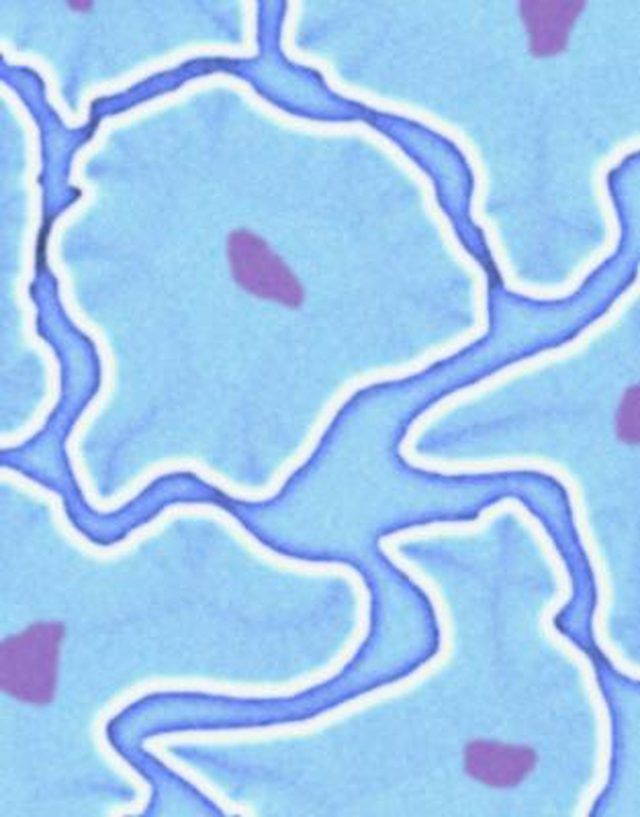Bulbs
Flower Basics
Flower Beds & Specialty Gardens
Flower Garden
Garden Furniture
Garden Gnomes
Garden Seeds
Garden Sheds
Garden Statues
Garden Tools & Supplies
Gardening Basics
Green & Organic
Groundcovers & Vines
Growing Annuals
Growing Basil
Growing Beans
Growing Berries
Growing Blueberries
Growing Cactus
Growing Corn
Growing Cotton
Growing Edibles
Growing Flowers
Growing Garlic
Growing Grapes
Growing Grass
Growing Herbs
Growing Jasmine
Growing Mint
Growing Mushrooms
Orchids
Growing Peanuts
Growing Perennials
Growing Plants
Growing Rosemary
Growing Roses
Growing Strawberries
Growing Sunflowers
Growing Thyme
Growing Tomatoes
Growing Tulips
Growing Vegetables
Herb Basics
Herb Garden
Indoor Growing
Landscaping Basics
Landscaping Patios
Landscaping Plants
Landscaping Shrubs
Landscaping Trees
Landscaping Walks & Pathways
Lawn Basics
Lawn Maintenance
Lawn Mowers
Lawn Ornaments
Lawn Planting
Lawn Tools
Outdoor Growing
Overall Landscape Planning
Pests, Weeds & Problems
Plant Basics
Rock Garden
Rose Garden
Shrubs
Soil
Specialty Gardens
Trees
Vegetable Garden
Yard Maintenance
Cytoskeleton Functions in Plant Cells
Cytoskeleton Functions in Plant Cells. The cytoskeleton consists of a network of proteins contained within a cell's cytoplasm, the fluid substance between the cell wall and the cell's nucleus. The cytoskeleton is responsible for three major cell functions.

The cytoskeleton consists of a network of proteins contained within a cell's cytoplasm, the fluid substance between the cell wall and the cell's nucleus. The cytoskeleton is responsible for three major cell functions.
Cell Structure
One of the proteins that make up the cytoskeleton is called an intermediate filament. This band of material helps provide mechanical support to the cell. In turn, the support structure also helps determine the distinctive shape of some cells.
Movement
The cytoskeleton provides a sort of track within the cytoplasm for the movement of organelles, which are cell subunits that have specific functions within the cell. Movement of material and organelles within the cell walls is important for healthy cell function.
Cell Division
Microtubules, another cytoskeleton protein, help line up chromosomes in preparation for cell mitosis, the dividing of cells. During mitosis, a single cell splits into two identical daughter cells, each with its own nucleus and complement of chromosomes.